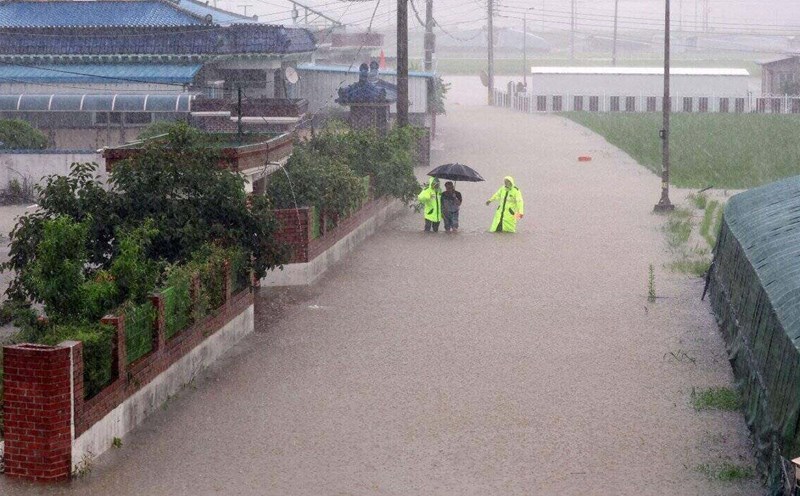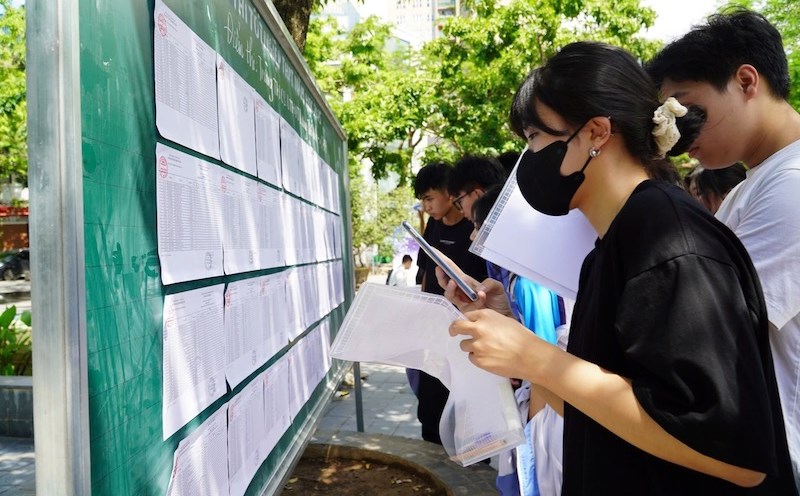The information was provided by the National Disaster Management Agency of Korea on July 20.
Officials are concerned that the death toll could continue to rise as rescue efforts continue, with 12 people still missing.
Nearly 10,000 people have been evacuated since heavy rains began on July 16, while more than 41,000 households have been temporarily without power.
According to weather forecasts in Korea, heavy rain is temporarily suspended in the south and central regions of the country. These are the areas most severely affected by heavy rain, floods and landslides in recent days. However, heavy rain is forecast to continue to occur in the capital Seoul and northern areas of South Korea.
Thousands of roads and buildings were damaged or submerged in floodwaters. Agricultural land affected by floods and mass cattle deaths were also recorded.
There are 6 deaths and 7 missing people in Sancheong district in southern South Korea. casualties also occurred in the northern mountainous areas near Seoul, as well as other areas in the west and north of the country.
Severe landslide warnings have been issued in several areas across South Korea and the government has made efforts to overcome the consequences of natural disasters.











